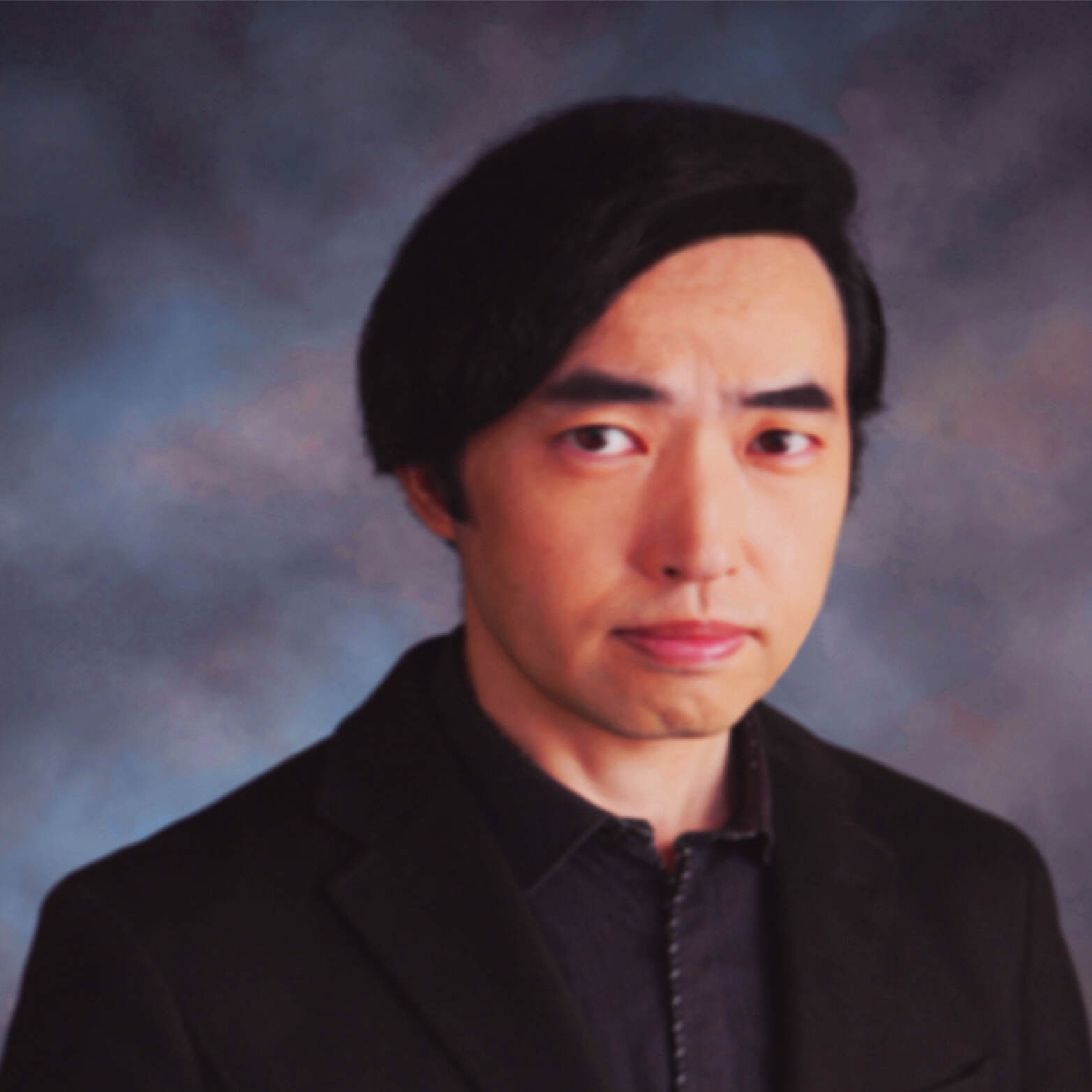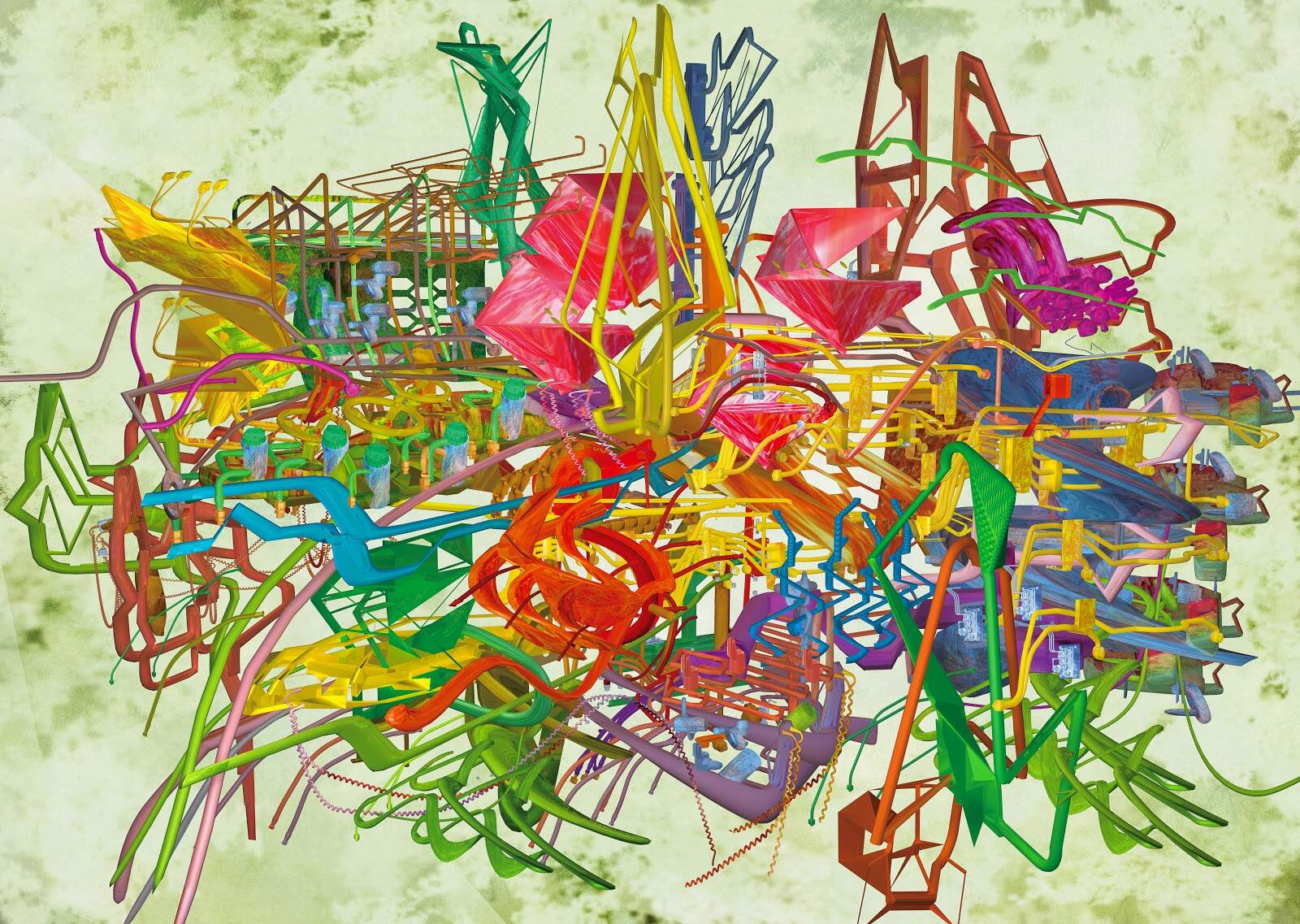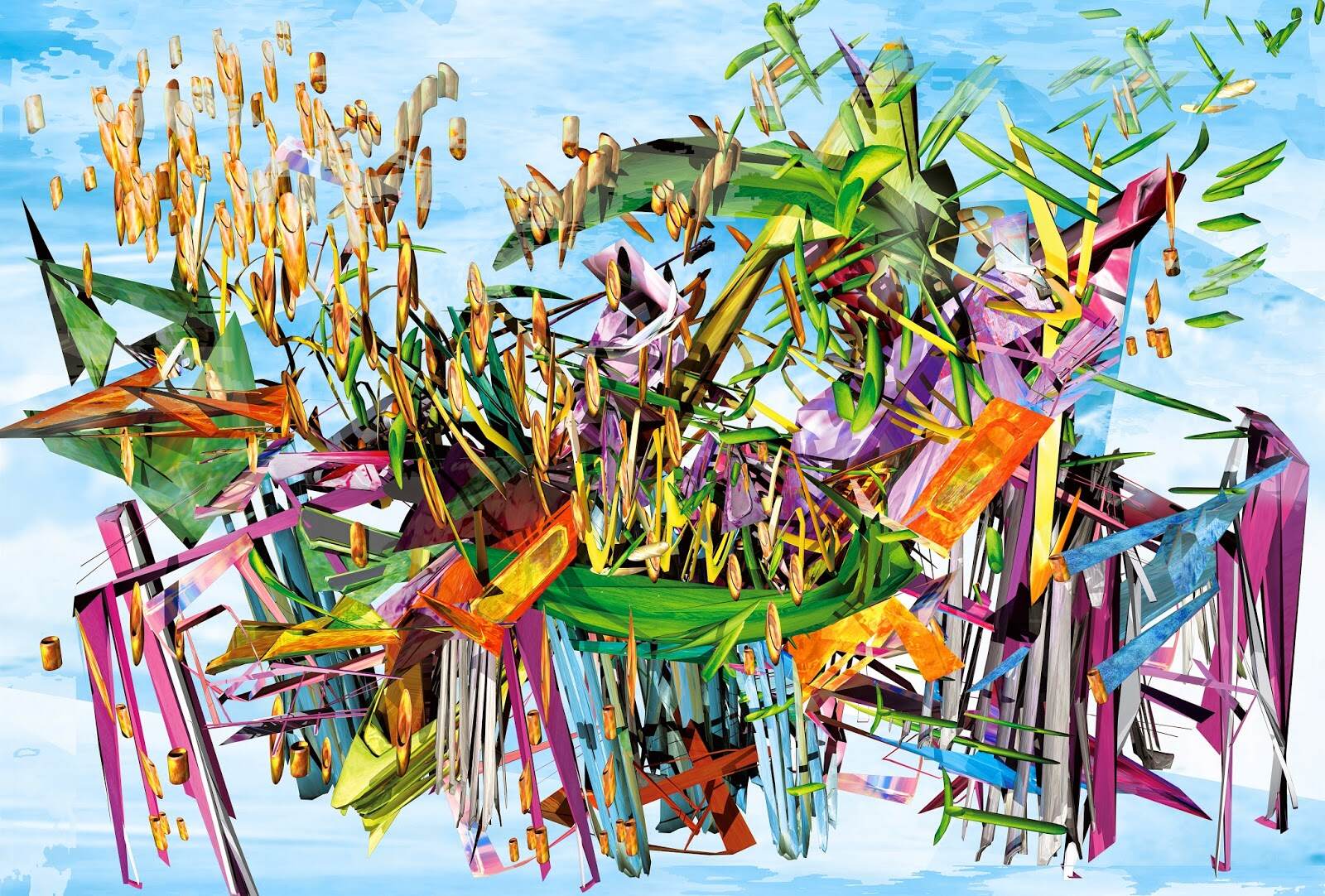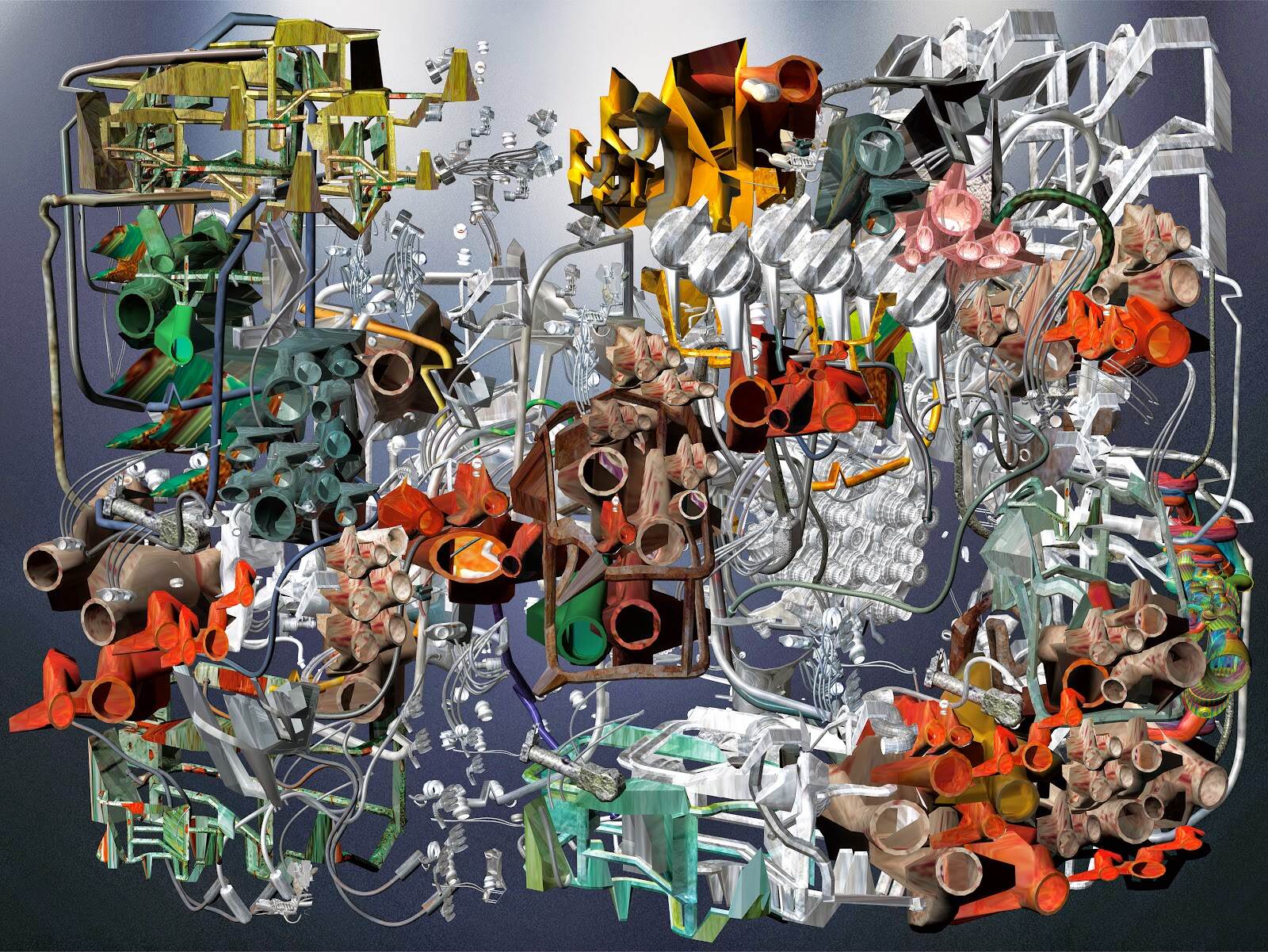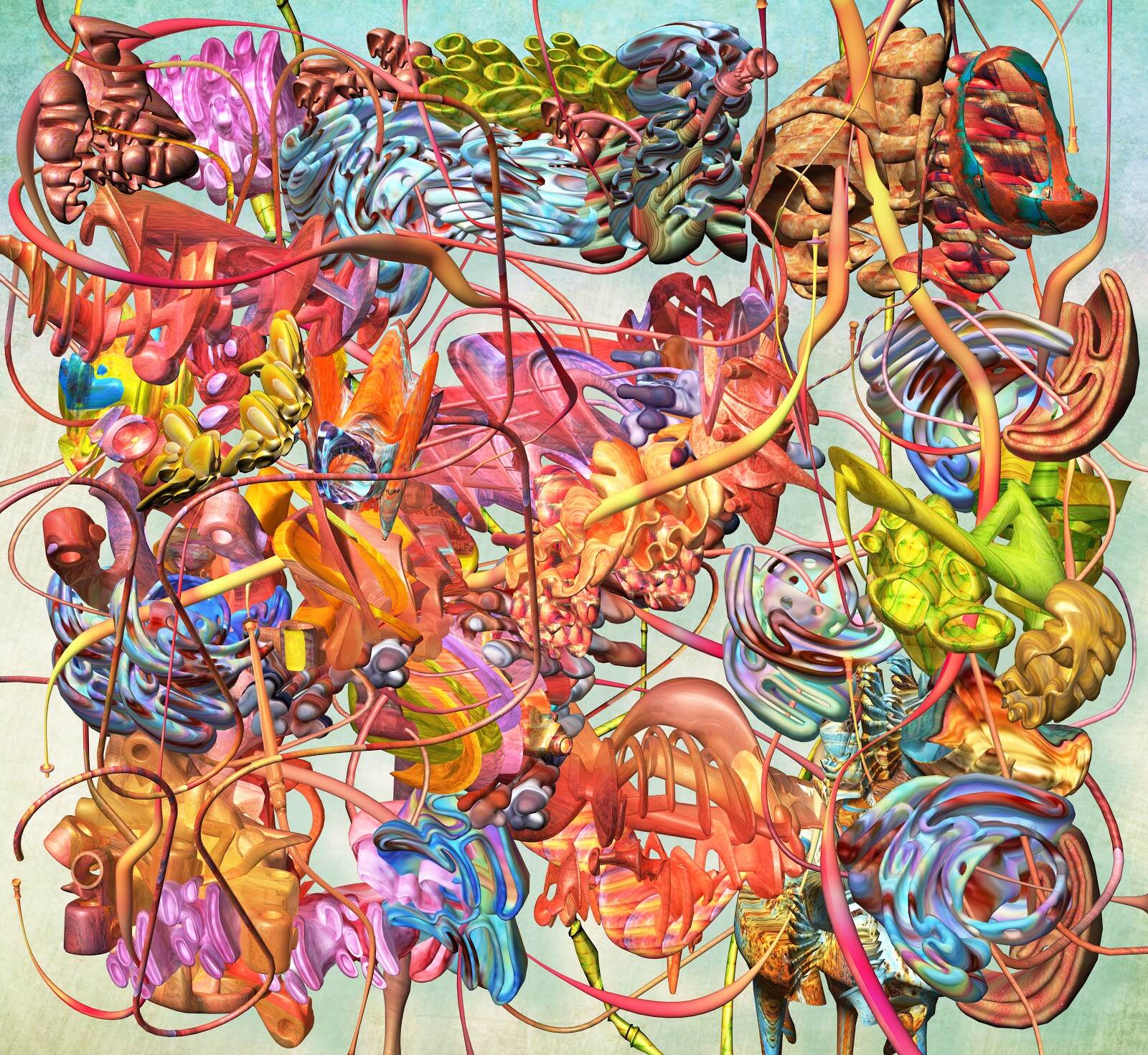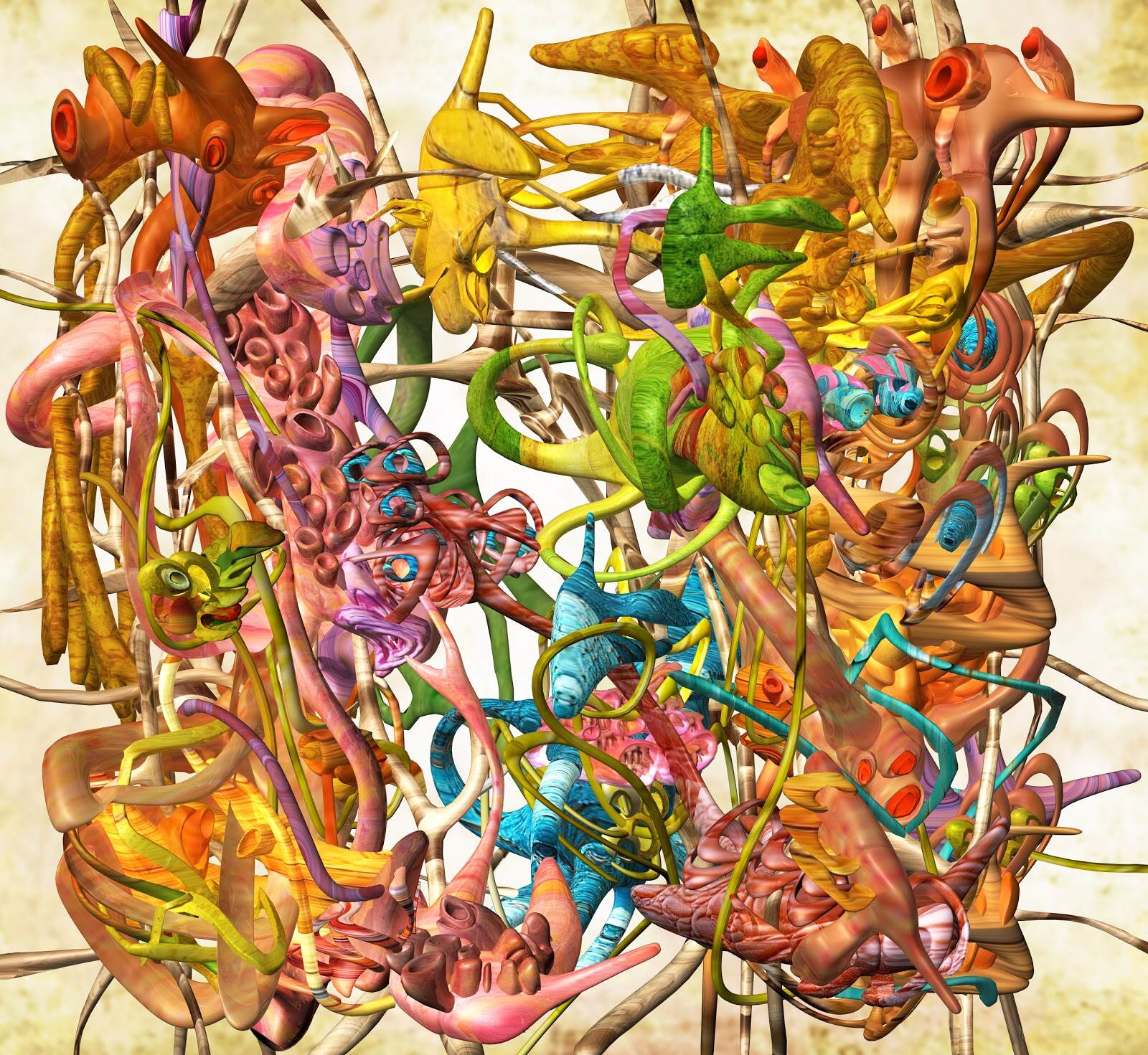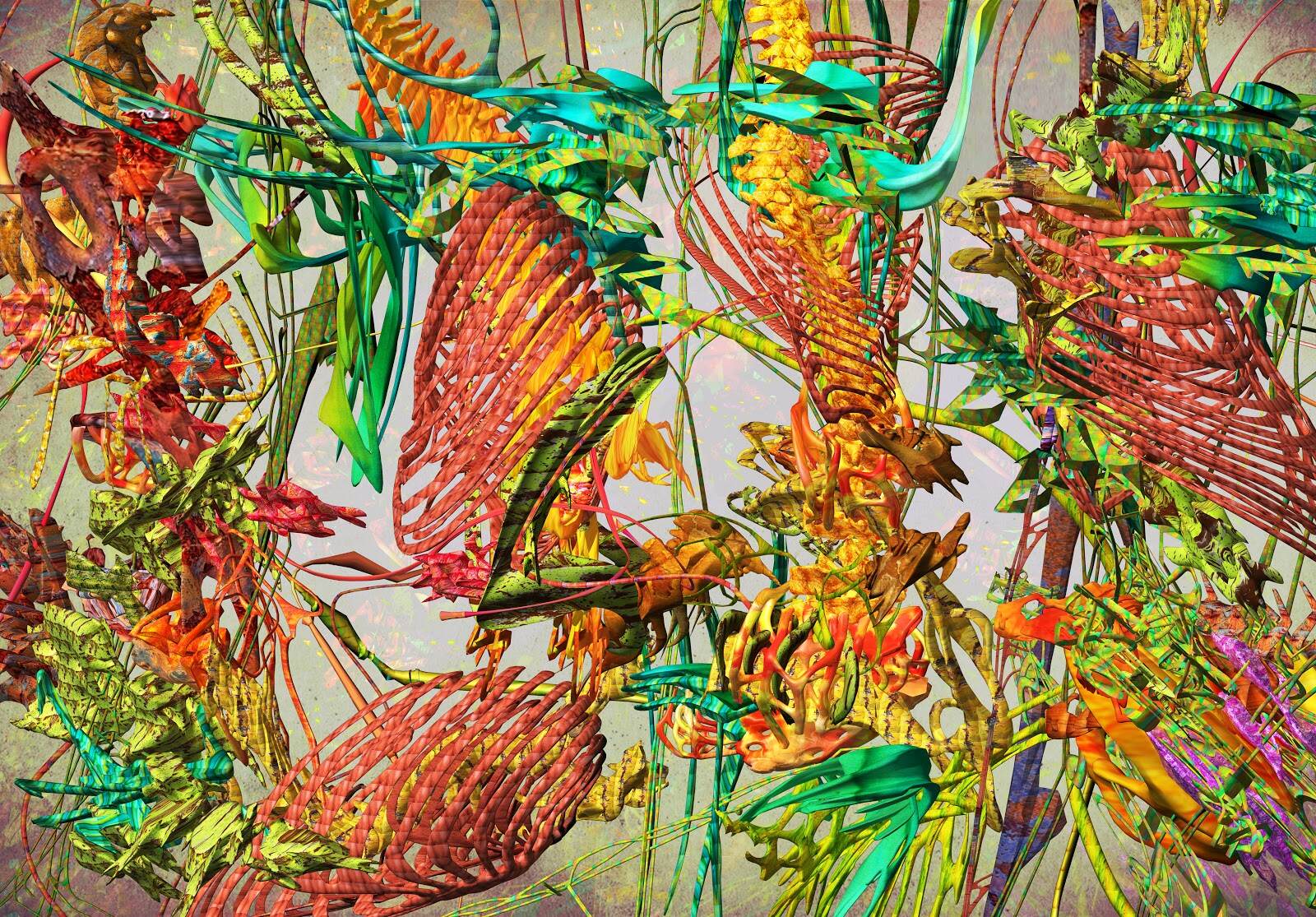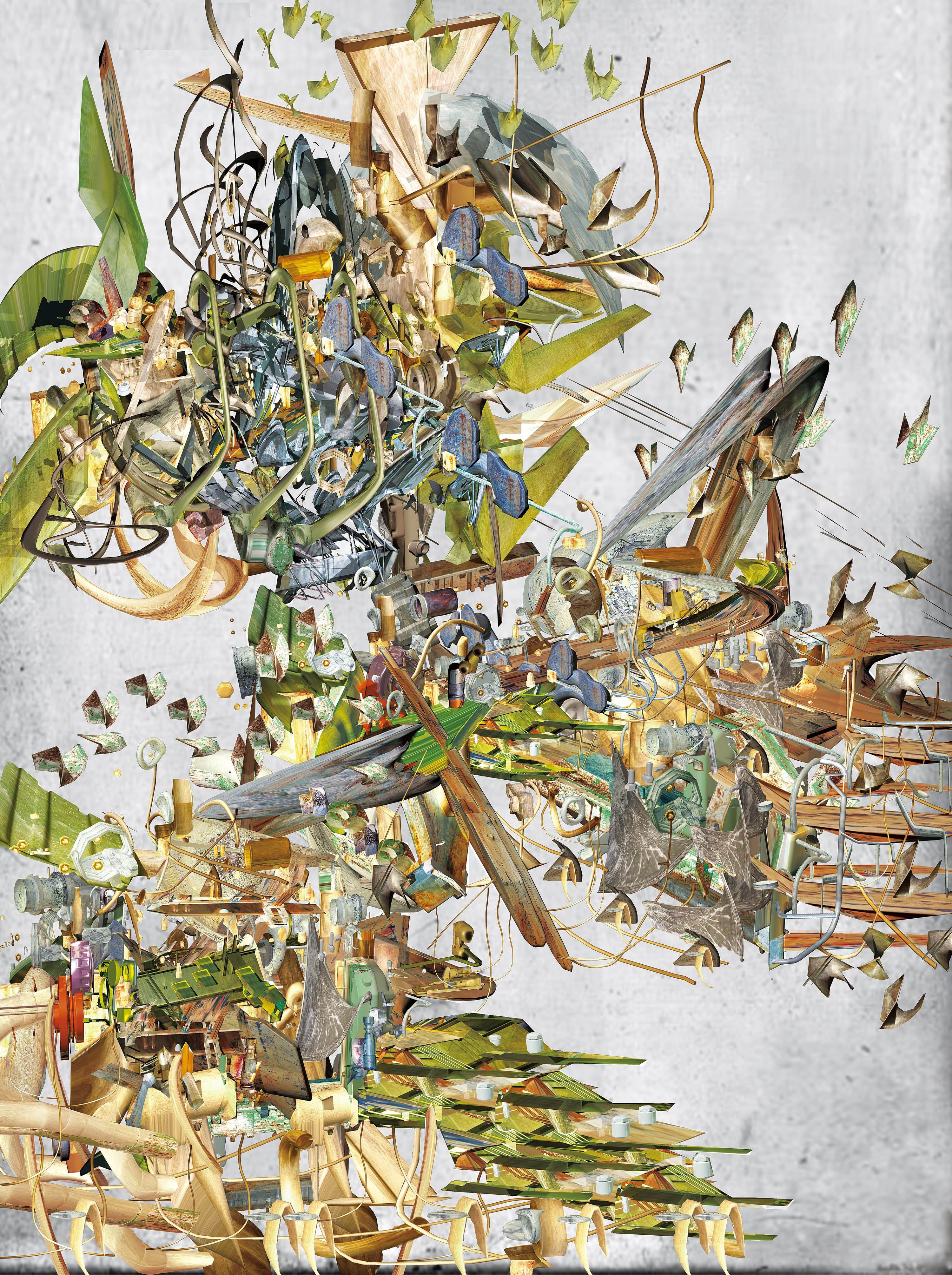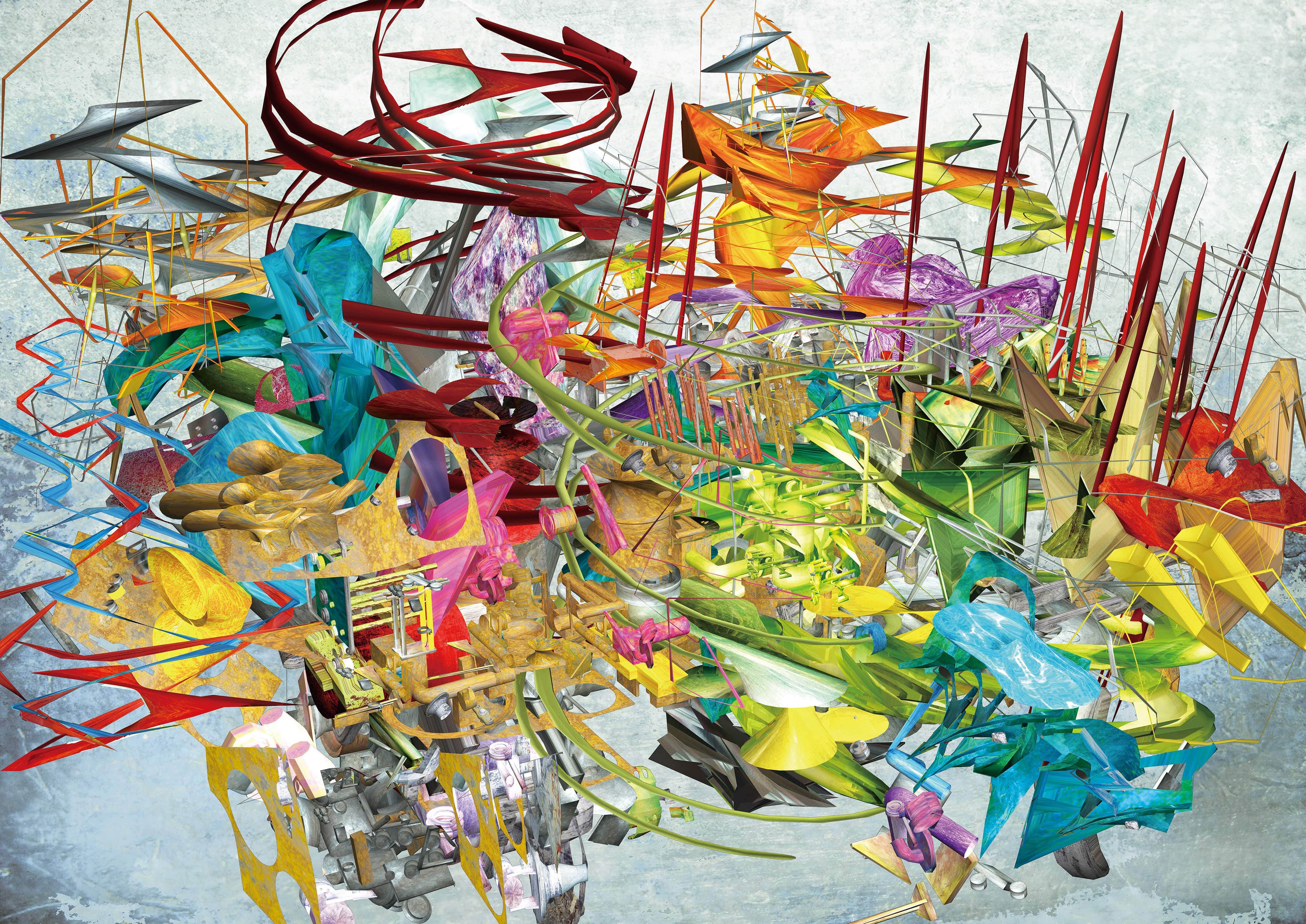
About me
Born in Tokyo, he was raised in Hong Kong and Japan. He received a Master of Architecture degree from University of Pennsylvania in 2007 after his studies at Architectural Association in London and Mackintosh School of Architecture, Glasgow School of Art in early 90’s.
Over the years, he has studied with Manuel DeLanda, Vincent Joseph Scully Jr., Cecil Balmond, and Giancarlo De Carlo, among others.
Matsumoto has previously collaborated with a cofounder of the Metabolist Movement, Kisho Kurokawa, and with Arata Isozaki, Peter Christopherson, and MIT Media Lab.
As a designer and consultant of Nihon Seikei Inc. and Japanese railway, he has worked on high-profile projects including Kyushu University Ito Campus masterplan (2003-2005), Shinjuku redevelopment project in Tokyo (2009-2012), Bach Mai hospital in Hanoi (2000), and Qingdao mixed-use development in China (2011).
He has presented his work on posthumanism, multidisciplinary design, and visual culture at the 5th symposium of the Imaginaries of the Future at Cornell University, the Espaciocenter workshop at TEA Tenerife Espacio de las Artes, Oslo National Academy of the Arts, UCI Claire Trevor School of the Arts, iDMAa Conference 2017, and NTT InterCommunication Center as a literary critic and artist.
As a video producer and designer, he has worked with Peter Christopherson of Coil and Hipgnosis for Japanese Nike commercial and contributed to his first solo album, Form Grows Rampant as Threshold Houseboys Choir.
His academic career started as a teaching assistant for Vincent Joseph Scully Jr. and his seminar, the Natural and Manmade in 1993.
During his visiting fellowship at the Glasgow school of Art, he has been engaged in research on the process of integrated urban regeneration under the guidance of Giancarlo De Carlo and Isi Metzstein. He continued his pursuit in urban studies and participated in seminal research projects with MIT Media Lab and KieranTimberlake exploring high-rise modular housing, sustainability, and design interventions for Dhaka, Bangladesh in 2005.
He has served as the MFA advisor of Transart institute, University of Plymouth and teaches at Asagaya Institute of Art and Design as a director of the Interdisciplinary Art and Design Lab.
Matsumoto is a research associate at the New Centre of Research & Practice found by Mohammad Salemy, Jason Adams, and Reza Negarestani.
He has been active as a guest critic on design reviews at Cornell University, Cooper Union, Columbia GSAPP, Rhode Island School of Design, and Pratt Institute.
Matsumoto is the recipient of Visual Art Open International Artist Award, Florence Biennale Mixed Media 2nd Place Award, Premio Ora Prize Italy 5th Edition, Premio Ora Prize Spain 1st Edition, Donkey Art Prize III Edition Finalist, Best of Show IGOA Toronto, Art Kudos Best of Show Award, FILE (Electronic Language International Festival) Media Art Finalist, Lynx International Prize Be Art Builder Award, Lumen Prize Finalist, and Western Bureau Art Prize Honorable Mention.
He was awarded the Gold Artist Prize from ArtAscent Journal, the 1st Place Prize from Exhibeo Art Magazine, and the Award of Excellence from the Creative Quarterly Journal of Art and Design in 2015 and 2016. His work is part of the permanent collection of University of Texas at Tyler.
His work, writings, and interviews were published in Kalubrt Magazine, University of North Carolina Wilmington Journal Palaver, Furtherfield.org, The Journal of Wild Culture, Studio Visit Magazine, Fresh Paint Magazine, H+ Magazine, International Artist Magazine, Made In Mind Magazine, Arizona State University Journal Superstition Review, Creative Review, Next Nature Network, Rhizome.org, Carbon Culture Review, KooZA/rch, Supersonic Art, Post Digital Aethetics (Berry and Dieter ed.), Drawing Discourse (University of North Carolina Asheville), Highlike (SEPI-SP editors), and Drawing Futures (The Bartlett UCL), among others.
Matsumoto's multidisciplinary projects have been exhibited recently at Meadows Gallery University of Texas at Tyler, S. Tucker Cooke Gallery University of North Carolina Asheville, Sebastopol Center for the Arts, National Museum of Korea, Czong Institute for Contemporary Art, Van Der Plas Gallery, ArtHelix Gallery, Caelum Gallery, Limner Gallery, the Cello Factory, University of the District of Columbia, Lux Art Gallery, Studio Montclair, Manifest Gallery, Tenerife Espacio de las Artes, Art Basel Miami, ISEA International, FILE Sao Paulo, Nook Gallery, and Arts and Heritage Centre Altrincham.
He had solo exhibitions at BYTE gallery Transylvania University (2015), Los Angeles Center of Digital Art (2016), and Alviani ArtSpace, Pescara (2017).
Inspiration
Matsumoto’s work reflects the morphological transformations of our ever-evolving urban and ecological milieus, which could be attributed to a multitude of spatio-temporal phenomena influenced by social, economic, and cultural factors.
These works are created as visual commentaries on speculative changes in notions of societies, cultures, and ecosystems in the transient nature of constantly shifting topography and geology.
The artworks explore the hybrid technique, combining both traditional (ink, acrylic, and graphite) and digital medias (algorithmic processing, data transcoding, and image compositing through customized software).
The varying scale, juxtaposition of biomorphic forms, intertwined textures, oblique projections, and visual metamorphoses are employed as multi-layered drawing methodologies to question and investigate the ubiquitous nature of urban meta-morphology, emerging realities of post-human dystopia, and their visual representation in the context of non-Euclidean configuration. The application of these techniques allows the work to transcend the boundaries between analog and digital media as well as between two- and multi-dimensional domains.
Matsumoto’s process-oriented compositional techniques imbue the work with what we see as the very essence of our socio-cultural environments, beyond the conventional protocols of architectural and artistic formalities; they conjure up the synthetic possibilities within which the spatial and temporal variations of existing spatial semiotics emerge as the potential products of alchemical procedures.
